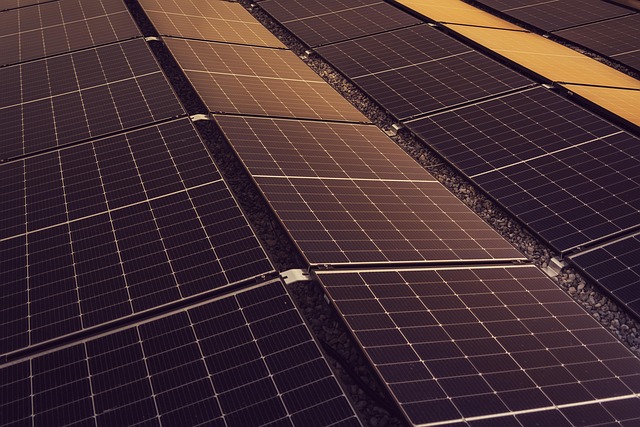Why Going Solar Needs the Right Partner

Solar energy is shifting from an alternative to a mainstream power source, thanks to environmental benefits and falling costs. Partnering with the right solar company is critical for a seamless transition, ensuring quality installation and maximizing your return on investment. This guide walks you through the essential steps to find a trusted solar provider.
Step 1: Understand Your Energy Consumption
Before seeking quotes, analyze your energy needs. Dig into your electricity bills from the past year to find your average monthly and annual kilowatt-hour (kWh) usage. Knowing your consumption pattern allows solar companies to accurately size a system for your property. For instance, a typical US home might use around 10,000 kWh annually, often requiring a 5-8kW system, whereas a commercial facility's needs could easily demand a 100kW+ system.
Step 2: Researching Solar Companies: Key Vetting Criteria
Not all solar installers offer the same quality or service. Focus on these crucial factors:
- Experience and Reputation: Prioritize companies with several years of local experience and verifiable positive feedback. Check reviews on Google, Yelp, EnergySage, SolarReviews, and the Better Business Bureau (BBB). A strong track record suggests reliability and customer satisfaction.
- Licensing and Certifications: Verify the company holds all required state and local licenses for electrical and solar installation work. Look for certifications like NABCEP (North American Board of Certified Energy Practitioners), indicating adherence to high industry standards.
- Comprehensive Warranties: Scrutinize warranty details. Key warranties include: Product Warranty (covers panel/inverter defects, typically 10-25 years), Performance Warranty (guarantees panels produce a certain percentage of their rated power, often 80-90% after 25 years), and Workmanship Warranty (covers installation errors, ideally 10+ years).
- Equipment Quality: Ask about the brands of solar panels and inverters they use. Reputable manufacturers generally offer better performance, reliability, and warranty support.
- Pricing and Financing: Obtain quotes from at least 3-4 companies. Understand the full cost breakdown and compare financing options: cash purchase (highest ROI), solar loans (ownership with financing), leases (renting the system), or Power Purchase Agreements (PPAs - buying the power generated).
Step 3: Evaluating Quotes and Contracts Thoroughly
When comparing quotes, look beyond the bottom line. Pay close attention to:
- System Specifications: Ensure the quote details the system size (kW), the specific make and model of panels and inverters, and the mounting system.
- Estimated Energy Production: Review the projected annual energy output (kWh) and the assumptions used (e.g., shading, panel degradation). Compare this estimate to your annual consumption.
- Total Installed Cost & Incentives: Understand the gross cost, cost per watt ($/W - useful for comparison), and how any applicable tax credits, rebates, or incentives are factored in. Confirm there are no hidden fees.
- Contract Terms: Read the contract meticulously. Look for clauses related to ownership, performance guarantees, maintenance responsibilities, warranty claim processes, transferability if you sell your property, and termination penalties (especially crucial for leases/PPAs).
Step 4: Ensuring Quality Installation and Support
A professional installation is vital for safety, performance, and longevity. Confirm the company uses trained, certified installers (ideally their own employees, not just subcontractors) and follows all building codes. Ask about their process for permitting and inspection. Afterward, clarify their procedures for ongoing support, troubleshooting, and maintenance services. While solar panels require minimal upkeep, occasional cleaning might be needed depending on local dust, pollen, or bird activity.
Step 5: Leveraging Monitoring for Long-Term Performance
Reputable solar companies provide system monitoring, often via an online portal or mobile app. This allows you to track energy production in real-time, verify performance against estimates, and quickly identify potential issues (like an inverter malfunction) that could impact savings. Monitoring data is also crucial for validating performance guarantees, where the installer promises your system will generate a certain amount of energy over time (e.g., guaranteeing 90% of estimated production for the first 10 years).
